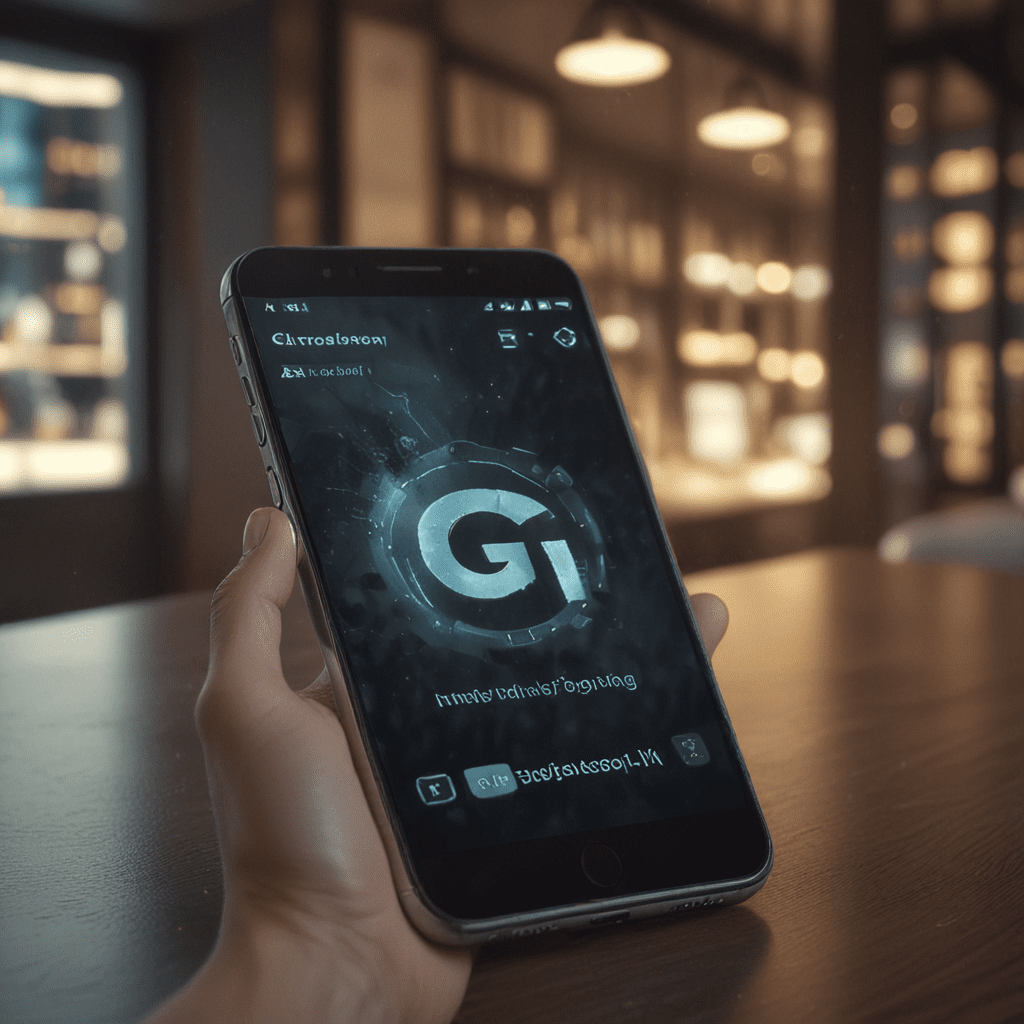Revolutionizing Healthcare with Augmented Reality (AR)
In recent years, there has been a growing interest in the use of Augmented Reality (AR) technology in various industries, and healthcare is no exception. AR has the potential to revolutionize the way healthcare professionals educate patients, diagnose conditions, and even perform surgeries. This article explores the key concepts of AR in healthcare and discusses its future implications on the healthcare landscape.
Key Concepts of AR in Healthcare
Concept 1: Enhanced Patient Education
AR technology allows healthcare professionals to create interactive and immersive experiences for patients, making it easier to explain complex medical concepts. With AR, patients can visualize their own anatomy, see the progression of a disease, or understand the potential outcomes of a surgery. This enhances patient engagement and understanding, leading to better treatment adherence and improved health outcomes.
Concept 2: Accurate Diagnosis and Treatment
AR can assist healthcare professionals in accurately diagnosing and treating medical conditions. By overlaying relevant information onto a patient’s body, AR can help visualize internal structures during medical imaging and guide practitioners during procedures. For example, AR can project a 3D image of a tumor onto a patient’s body, aiding in precise navigation and targeting during surgery. This technology has the potential to reduce the risk of complications and improve surgical outcomes.
Concept 3: Remote Assistance and Collaboration
AR enables remote assistance and collaboration among healthcare professionals, bridging the gap between specialists and patients in remote locations. By wearing AR-enabled smart glasses, physicians can receive real-time guidance from experts during complex procedures. This not only enhances the quality of care but also reduces the need for patient transfers and improves access to specialized healthcare services.
Concept 4: Rehabilitation and Mental Health
AR has shown promise in the fields of rehabilitation and mental health. By creating interactive environments, AR can assist patients in recovering from physical injuries or neurological conditions. For instance, AR can simulate real-world scenarios for patients undergoing rehabilitation, helping them regain mobility and independence. Additionally, AR-based therapies can be used to treat mental health conditions like anxiety and phobias.
Future of AR in Healthcare
The future of AR in healthcare holds immense potential for innovation and advancement. Here are some tips for harnessing the full potential of this technology:
- Integration with Electronic Health Records (EHR): Integrating AR technology with EHR systems can provide healthcare professionals with real-time patient information, minimizing errors and streamlining workflow.
Artificial Intelligence (AI) Integration: Combining AR with AI can enhance its capabilities, allowing for automated analysis of medical imaging data and providing personalized treatment recommendations.
Expanded Use in Medical Education: AR can revolutionize medical education by offering immersive learning experiences, enabling students to practice procedures virtually, and gaining hands-on experience before working with real patients.
Remote Patient Monitoring: The use of AR in remote patient monitoring has the potential to revolutionize home healthcare. By providing real-time health data and visual information, AR can enable healthcare professionals to remotely monitor patients’ vital signs and provide timely interventions.
Patient Empowerment through Wearable Devices: With the increasing popularity of wearable devices, AR can be integrated into these devices to provide real-time health information, promote healthy behaviors, and empower patients to actively manage their own health.
FAQs about AR in Healthcare
Q: Is AR safe to use in healthcare settings?
A: AR technology has been extensively tested and is considered safe for use in healthcare when implemented appropriately. However, precautions should be taken to ensure patient privacy and data security.
Q: Does AR require specialized training for healthcare professionals?
A: To effectively use AR in healthcare, healthcare professionals may require some training to understand the technology and its applications. However, the user-friendly nature of AR platforms makes the learning curve relatively low.
Q: Can AR be used in all areas of healthcare?
A: AR has potential applications in various areas of healthcare, including patient education, diagnosis and treatment, rehabilitation, and mental health. However, its full integration and adoption may take time due to technological and regulatory challenges.
Conclusion
Augmented Reality is revolutionizing healthcare by enhancing patient education, improving diagnosis and treatment accuracy, enabling remote collaboration, and transforming rehabilitation and mental health practices. As the technology continues to evolve, we can expect to see even more innovative applications that will further improve patient care and outcomes. Healthcare professionals should embrace the opportunities AR offers and explore how it can be harnessed to transform healthcare delivery in the future.
Note: This article is for informational purposes only and should not be taken as medical advice. Consult a healthcare professional for personalized healthcare guidance.



